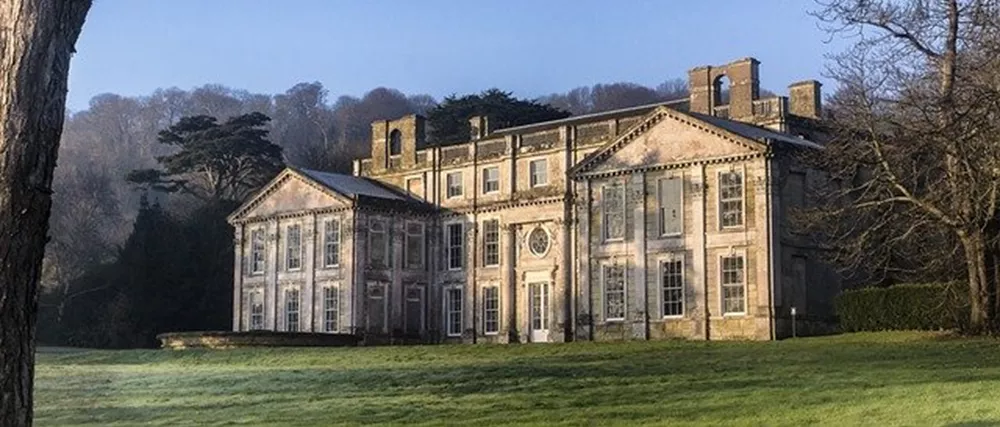Cultural heritage is central to our sense of identity. It forms a consistent, reassuring backdrop in a rapidly changing world, reminding us of our roots and retelling the story to future generations. And our heritage buildings and sites connect communities through housing, education, and engagement. Commercially, they support economic return through regeneration and tourism. They’re not just a nice-to-have; they’re an important part of our past and integral to our future. We all agree we must protect them – but does it have to be at a cost to our planet?
Conflicts between heritage conservation and environmental sustainability are well recorded and often debated. But still, there’s misunderstanding, assumptions and legislative blame often standing in the way of taking a holistic approach that achieves conservation and sustainability objectives.
On 21st April, we’ll be taking part in the CIOB Annual Conservation Conference: Balancing Heritage and Sustainability, which aims to address misconceptions and go beyond the theoretical to showcase best practice and explore retrofit standards in conservation and sustainability. Recognising that such projects can hold surprises and offer innovation opportunities, we’ll also be discussing real-life cases where taking a sustainable approach has required research and development activity.
Is it really possible to protect our heritage buildings and sites sustainably?
When we consider that buildings account for around 40% of all energy consumption and construction is responsible for half of all global emissions, it’s easy to see why we need to think about sustainability, and not just in new builds. Every type of building provides an opportunity to mitigate the damage we’re doing to our planet and contribute to a better future. Historical buildings are no exception.
While alteration restrictions on heritage buildings can make it more challenging to balance authenticity and sustainability, it’s entirely possible.
Retrofitting is increasingly being implemented to reduce energy and ideas such as improving the thermal performance of the building envelope are being adopted. The concept of utilising outdoor air and underground water for heating and cooling is receiving attention too, along with ‘hybrid’ energy systems and trigeneration technologies.
In fact, historical buildings were often designed to respond to climate, so restoring those features and incorporating today’s technology to support naturally present sustainability attributes can have a huge impact.
Sustainability as a tool for heritage preservation
Mitigating climate change is clearly crucial to protecting our planet. Yet there are benefits to our historical buildings and heritage sites too. Environmental degradation and more frequent and severe climate-related natural events are damaging their integrity. And so, to adopt sustainable preservation strategies is to safeguard our cultural heritage.
Whichever we look at it, we need to find a way to carry out conservation works that contribute to sustainability without compromising character.
You can hear from our clients who are making great strides towards achieving that balance by joining us at the CIOB conference next month, and discover how your conservation work could qualify for Research and Development Tax Credits too.
Don’t miss out! Find out more here.
You can find out more about R&D tax credits for the construction sector and deep dive into the world of business innovation with our insights. Or speak to us for advice and guidance on 01233 653008.

